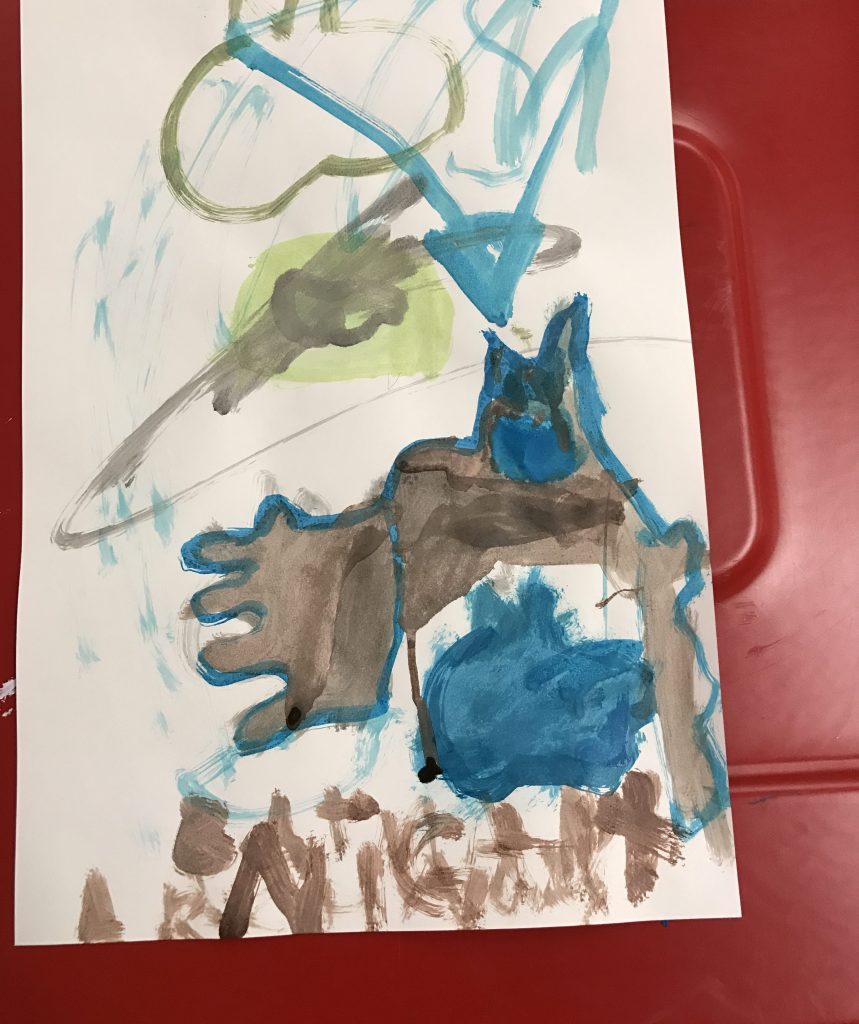It’s a poor sort of memory that works only backwards. ~ Lewis Carroll in “Through the Looking Glass”

As I write this, I am part of a historic event. Hundreds of years from now, researchers may view the COVID-19 virus as one pivotal point in the human story of our world. Teachers in that misty future may assign essays based on today’s wayposts, asking students to describe effects of 2020 pandemic.
History unfolds in spite of us sometimes. Many friends and coworkers are sheltering right now. At least one is valiently trying to make the sound work on her Facebook group presentation about Austria. Online learning has been a high hurdle for many to leap, especially those working in technologically disadvantaged communities. This post is not exactly about COVID-19 though; It’s about ancillary damage from the coronavirus. We are so busy trying to manage online education that not enough attention is being given to a big win: Ding dong, the tests are dead. (At least the tests not immediately related to classroom instruction.). Which old tests? The wicked tests.
As fraught as these times have become, I’d like to seize the opportunity they present. All those years of lost voices trying to slow America’s onslaught of testing? Those voices have gone almost silent. For 2020, the standardized tests have been cancelled. They can’t be proctored at home and they can’t be done in a school setting.
That dark cloud cast by COVID-19 is carrying one colossal silver lining. For a brief window in time, students and teachers have been freed from the U.S. testing juggernaut. Why do I call this an opportunity? The massive momentum of testing has been helping to keep those exams in place. Tests became a central topic for the start of the year. PowerPoints showed improvement or lack of improvement as administrators and then teachers brainstormed how to thrust next year’s numbers upward. That focus on numbers instead of students has been underlying much of what has gone wrong in education during the last few decades.
The testing voices will be muted next year. They have no numbers to feed into their spreadsheets. They have no data to insert into Google Slides or PowerPoints. For a short, powerful window, we are free from the infection of test score mania.
May I make a suggestion? When government bureaucrats and school administrations start back-sliding toward numbers instead of students, why not make use of these somber times to deflect that conversation? We have at least one strong starting place for redirecting the conversation: Students have missed varying degrees of instruction, in many areas full weeks of instruction. In the past, testing time was sometimes as high as 15% in major studies. In my own classroom, in the year that I decided to retire, it went over 20%. That much time testing is crazy and always was crazy. Every test day is a lost instructional day.
Eduhonesty: When the push push push to resume our old testing regime comes up, I suggest pushing back. I also implore readers not to drop the issue of excessive testing because of the many challenges facing us as we reopen schools. The perils in the foreground must not be allowed to shut down the testing issue in the background. When the tests slither back in, we have to be ready to object.
“I can’t afford to lose those days for a practice test. We are too far behind on the elements of a plot.”
“Can we eliminate one benchmark test? Too many students are confused about converting fractions to percentages and decimals.”
“Can we afford to lose the time for XYZ test right now? What if school shuts down again? I’m afraid to lose those instructional hours. ”
Or the politically expedient choice might be: ” We are not going to do well on this years standardized test because of all the school we missed. Is there any way we could opt out and focus on instruction instead, at least until we get our students caught up?”
The point to hammer home is that every test presents an opportunity cost. We sacrifice instruction on every single test day. We didn’t have enough time for those tests in the past, not if we go by stagnant and even declining test scores in the schools taking those tests.
Let’s reclaim some of the stolen hours those tests took from U.S.children. The explosion of COVID-19 has blocked 2020’s test avalanche. Maybe we can use this odd piece of luck to help out kids in our classrooms — or kids on their iPads at home in their bedrooms.
Carpe diem, I say.
As we build new memories in our shelters, let’s all look forward. What can we do to use this microbial thunderclap to make the future better?
